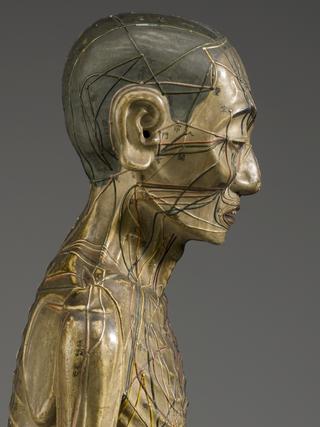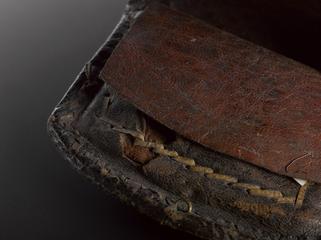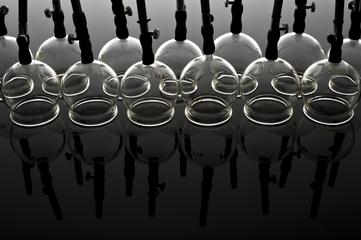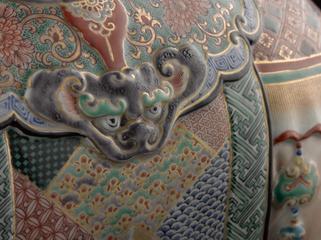




Tin containing adhesive Kamaya mini-moxa cones, predominantly 'mild strength', with applicator, for self-administered indirect moxibustion, manufactured in Japan, 1980-1990, from the surgery of a British practitioner c.1996.
Moxa or Artemisia vulgaris is a plant. Once dried, it can be burnt in a treatment known as moxibustion. This moxibustion set contains adhesive mini-moxa cones. They are predominantly 'mild strength', for self-administered treatment. Using the applicator provided, the moxa is pushed partly out of the tube. The adhesive base is moistened and placed on the skin. The moxa is then lit.
Traditional Chinese Medicine (TCM) is also practised in Japan. TCM believes moxibustion stimulates the flow of the life force known as qi (chi) around the body. Qi is considered essential for wellbeing and health. The moxa kit was manufactured by Japanese company Kamaya in the 1980s. It was donated by a British TCM practitioner.




